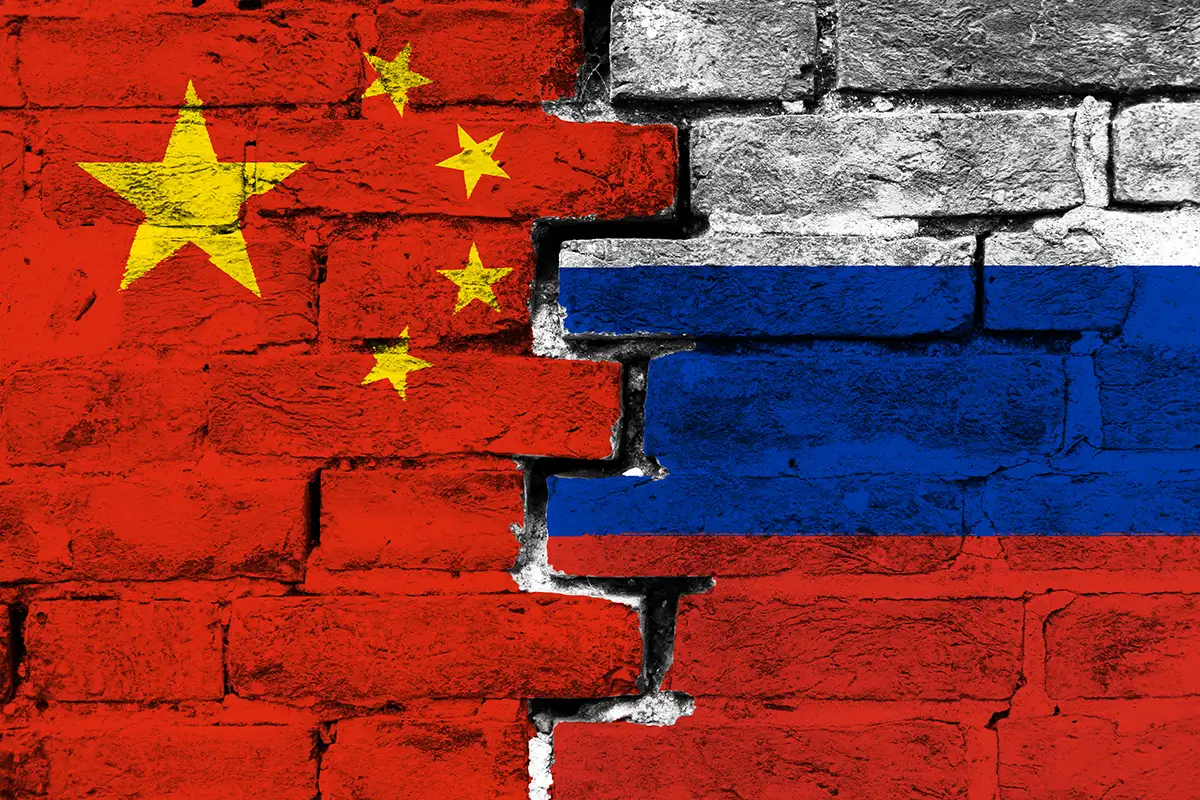The environment created by COVID-19 has been beneficial to Violent Extremist Organizations (VEOs). It has increased instability, amplified the risk of radicalization and had a negative effect on Counter Terrorism (CT) operations. In order to adapt to this new threat, the U.S. government should consider the following actions.
- Link nontraditional and traditional threats in U.S. national security planning. Specifically, incorporate strategy, actions and training for pandemics and other nontraditional threats into U.S. CT policy. Similarly, restructure response protocols for nontraditional threats—such as pandemics—to include CT and Preventing and Countering Violent Extremism (P/CVE) components, recognizing that pandemic environments favor VEOs.
- Amplify the role of prevention in the U.S. CT strategy. The 2018 U.S. National Strategy for Counterterrorism (NSCT) highlights non- direct CT activities more than its predecessor documents. However, the U.S. must go further and actualize the 2018 NSCT’s call for a prevention architecture to thwart terrorist radicalization and recruitment. It is critical that U.S. policy emphasize and prioritize prevention, intervention, reintegration and counter-recidivism initiatives in recognition that the pandemic has made many people vulnerable to radicalization.
- Adapt U.S. CT strategy and policy to reflect the growing threat of domestic terrorism, including both extremists originating in the U.S. and/or those influenced by groups outside the U.S. DOD has been the lead agency for external CT efforts, but as the terror threat evolves and becomes increasingly domestic, DOD should look for ways in which it can support domestic CT efforts , such as increased information sharing between DOD, Department of Homeland Security (DHS), state, and local CT officials.
- Apply agile, innovative and flexible tools developed for fighting COVID-19 to countering radicalization. These tools could be applied to counter-disinformation and bioterrorism monitoring. COVID-19 disinformation has galvanized counter-disinformation efforts and, in the process, opened new avenues for countering VEO disinformation. For example, social media companies, incentivized by a need to reduce COVID-19 disinformation, have developed an increasingly robust capacity for stopping its spread. Similarly, after the pandemic, improvements to systems designed to monitor increasing risks to public health during global pandemics could also be adapted to monitor for bioterror attacks.
Recommit to partnerships and demonstrate steadfast commitment to bilateral and multilateral engagements on pandemics and other initiatives. As nations across the globe pivot from COVID-19 response to recovery, there is an opportunity for the U.S. to lead this effort, rebuild relationships through collaboration and support, strengthen alliances and reengage with the global community. These recovery activities—including vaccine production and distribution—offer a clear opportunity for the U.S. to coordinate with its allies and international organizations, which will reposition the U.S. as a strong partner. Moreover, this engagement will affirm the United States’ commitment to the long-standing partnerships that are critical to responding to future VEO threats. - Avoid inadvertently embracing the false dichotomy between great power competition (GPC) and CT. The U.S. should incorporate a diversity of expertise, working on both GPC and CT to avoid pendulum swings in funding and policy. The U.S. needs to recognize the relationship between GPC and VEO threats. Terrorism is a force multiplier for a willing GPC adversary, and GPC adversaries can also use CT operations to develop relationships and gain access and influence in areas of strategic interest. A U.S. failure to renew training efforts or execute a robust prevention program, for example, leaves partner nations susceptible to the influence of Russian and Chinese CT and P/CVE programming. This situation not only reduces U.S. intelligence collection capabilities and regional influence, but also simultaneously increases adversaries’ intelligence collection capabilities and regional influence.
In the world of national security, the way policy-makers frame threats can have significant consequences on how they are analyzed, funded, and addressed. This has become increasingly clear during the COVID-19 pandemic, which is seen as a nontraditional national security threat but affects both traditional and nontraditional national security issues. The true effects of the COVID-19 pandemic will not be known for years, but even at this early stage, the U.S. can learn lessons and adjust policy to enhance national security. It is not necessary to wait for a comprehensive COVID-19 after-action report to make these changes. The U.S. should start adjusting its CT strategies and policies to prepare for nontraditional threats now.
Click here to learn about why pandemics are national security threats.



